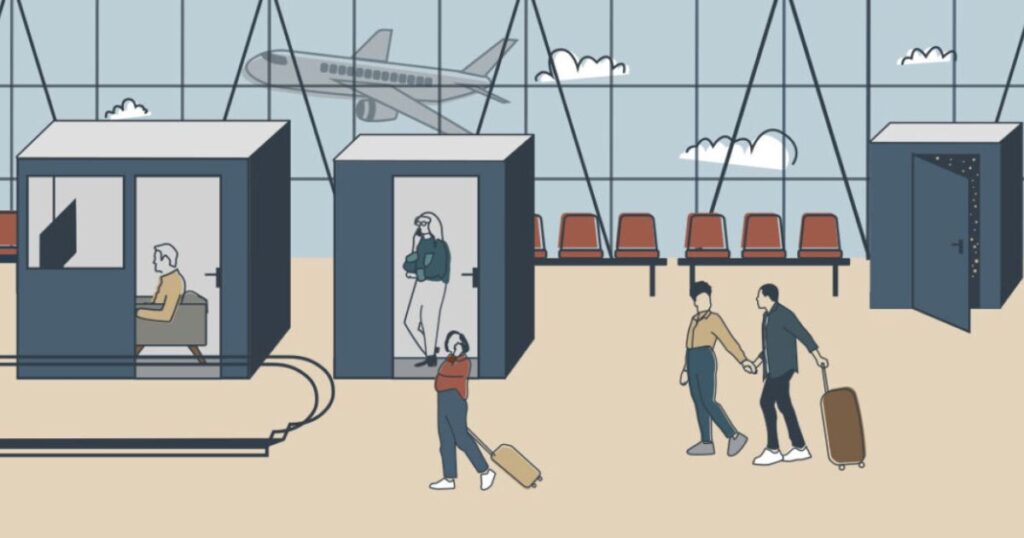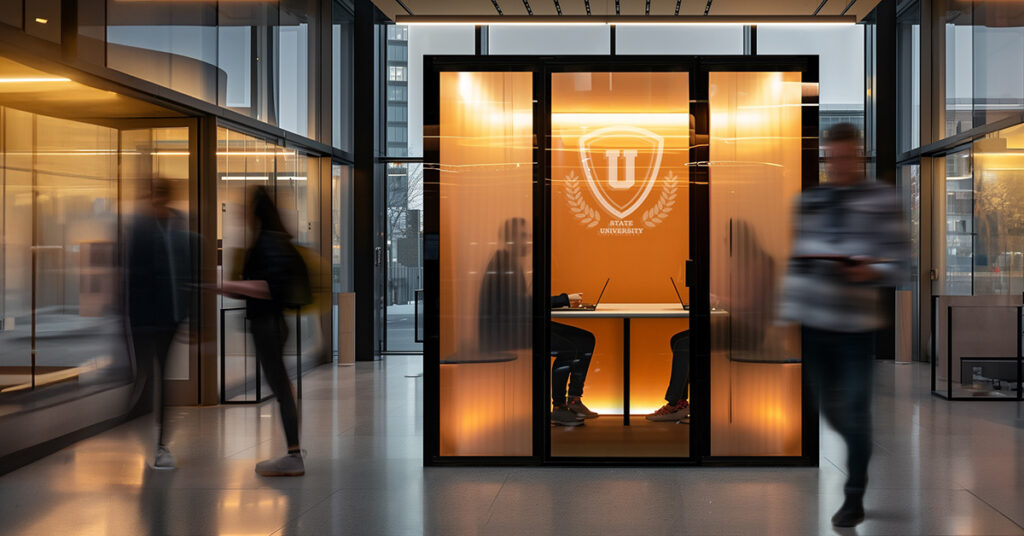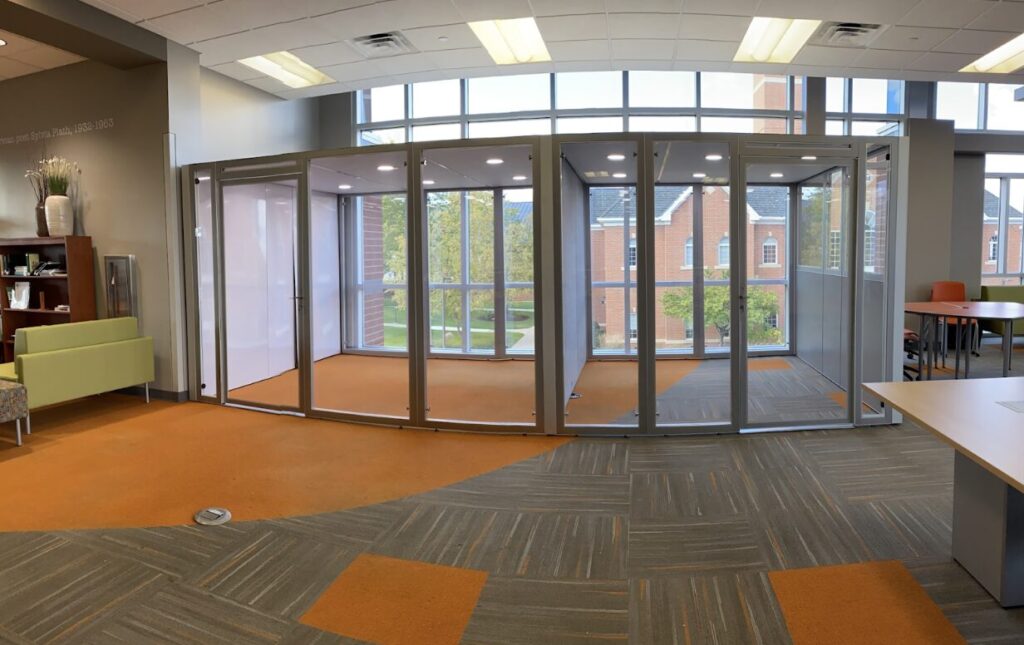By the time mid-March 2020 rolled around, it had become evident that COVID-19 wasn’t just going to go away. And the announcement by the World Health Organization declaring it a pandemic within the same month probably helped cement that idea. But when it was announced a National Emergency, people, including business owners, realized that things were about to change.
Employees were sent home in droves, and employers were left to pick up the pieces. But even as the economy and the labor force took a big hit, businesses slowly adjusted. Workers enjoyed the flexibility that came with working from home. On the other hand, employers shortly realized that productivity could still be maintained if employees were armed with the proper work equipment.
With the help of platforms supporting video calls such as Zoom and Wi-Fi, employees have settled into a new routine. A routine that happens to be more favored to working from an office building.
A study published by Pew Research Center states that the number of people currently working from home increased. Specifically, the statistics jumped from 20% before the outbreak to over 70% after. Their study continues to state that over 50% of people would like to continue working from home after the pandemic ends.
These numbers make it difficult for employers looking to open up their offices again. And even as the populations slowly get vaccinated, employers still need to focus on their employee’s needs and concerns. Focusing on institutional needs won’t do it anymore since the pandemic has shifted the workforce’s mindset worldwide.
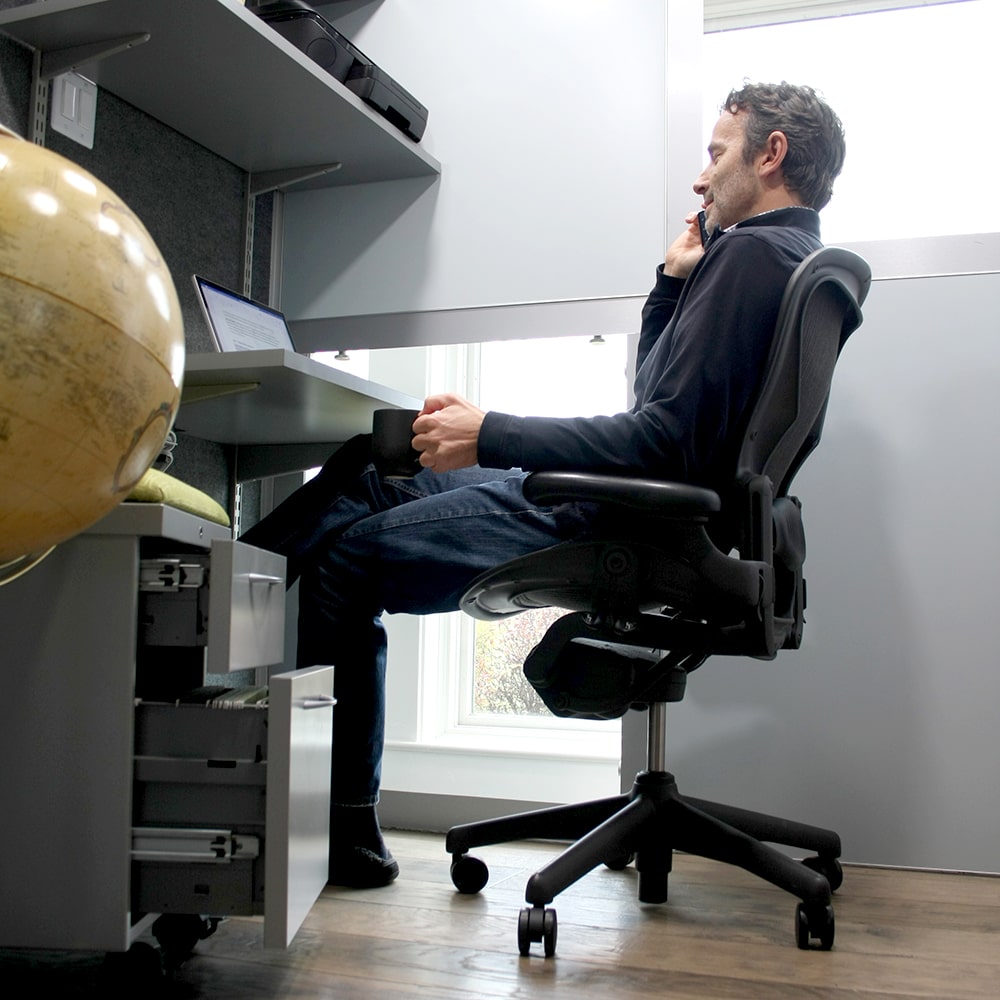
But there is still some hope for employers looking to encourage some use of the office space. According to an article by Harvard Business Review, over 54% of Fujitsu’s Japan-based employees preferred the hybrid work arrangement. That is an arrangement that allows employees to work from both home and the office.
For instance, a certain number of people can be showing up at the office two or three days of the week. The remaining days can be spent working from home.
And with only 15% of Fujitsu’s Japan-based employees preferring to go back to the office, the hybrid model seems like a great plan. In a way, it allows employers to meet the employees halfway.
All in all, employees don’t want to move back into an office building altogether, and employers have an opportunity to make use of the Hybrid work arrangement.
But what does a hybrid work arrangement look like? Besides just having a group of people show up to the office on certain days, the hybrid model entails many more. For instance:
• When a specific project requires collaboration and teamwork, the office can come in handy.
• It’s great when a project requires the physical presence of the team members for accountability.
With that said, today’s modern offices cannot mimic the pre- COVID-19 layout. It will have to change and promote more open spaces that encourage social distancing and even a little privacy. One way to do this is by having:
• Work pods installed
• Have an outdoor office
• Use smaller conference rooms
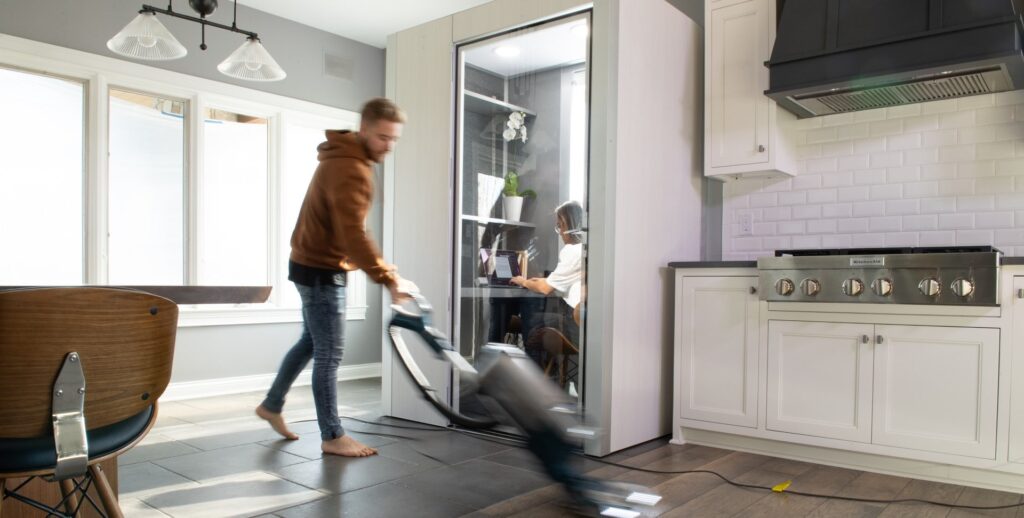
Work pods are great for sectioning out the office space, slowing down the spread of the virus, and encouraging productivity. If you do opt for this, go with collapsible work pods. This way, the pods can be moved on the days the office building is not in use and the free space rented out.
The benefit?
• Businesses can rent a smaller office space and reduce business costs, and even make some money on the side.
• The money saved and earned can be used to grow the business even further.
You can get these collapsible and customizable work or office pods from YOURspace. They go a long way in creating an orderly office space structure and maintaining strong company culture.
The innovation of these pods was out of the necessity to cater to the growing work– From- Home Market and the reopening Office buildings.
For those interested, call us today, and our sales team will help equip your office space with Modular Office pods.

